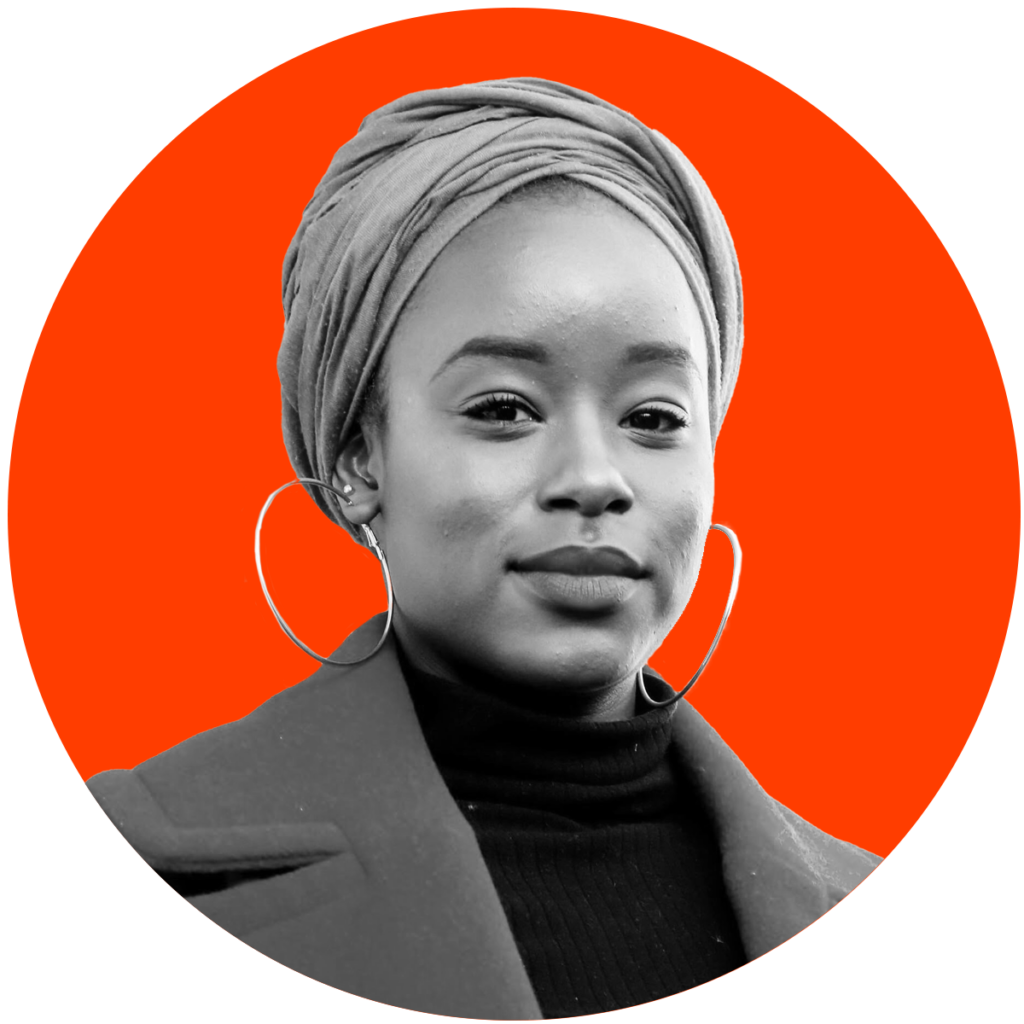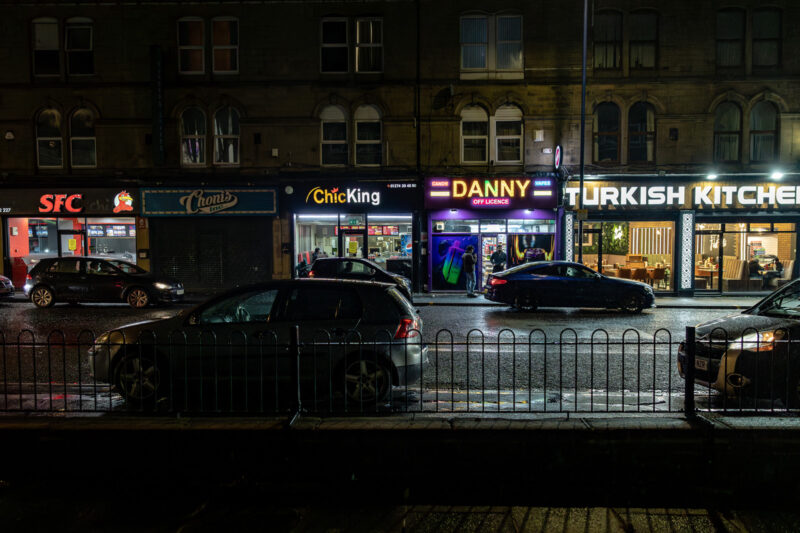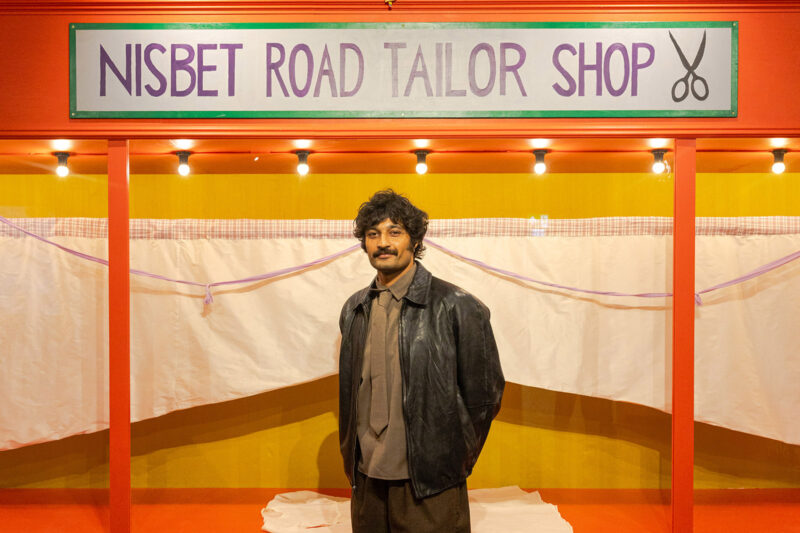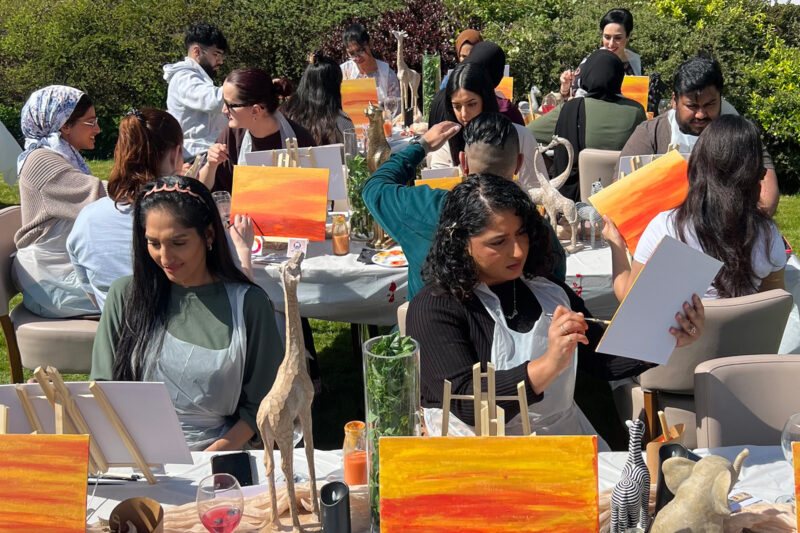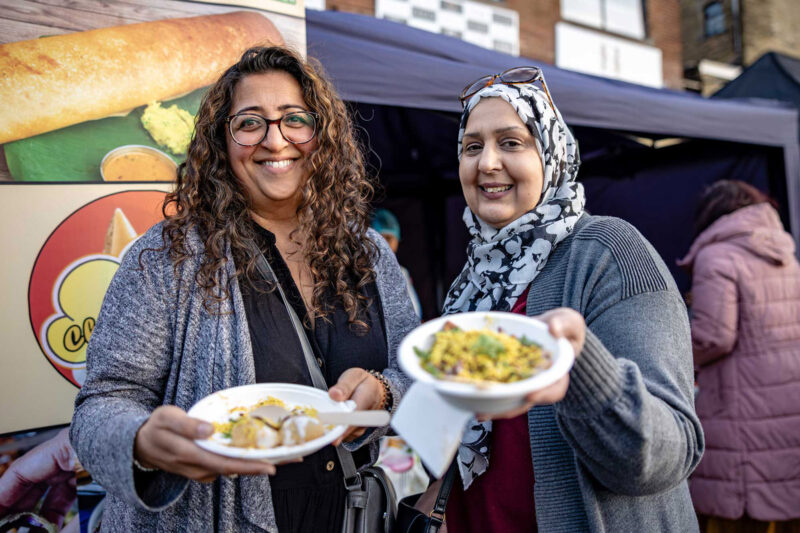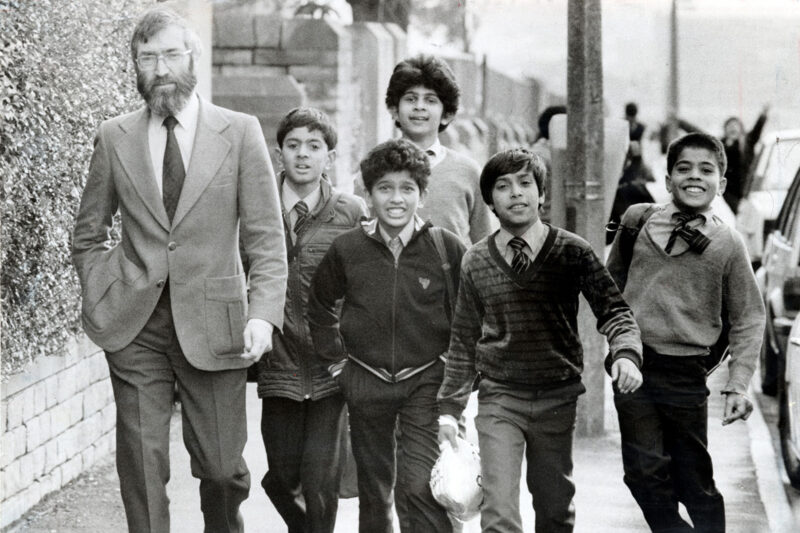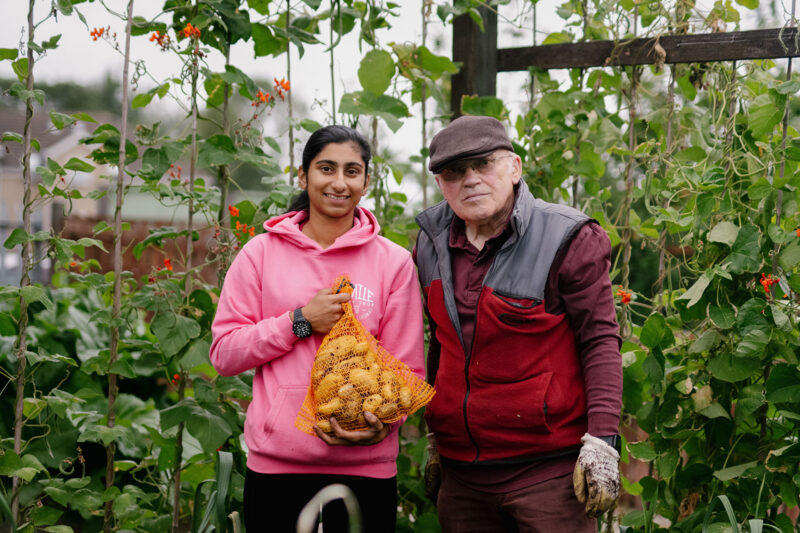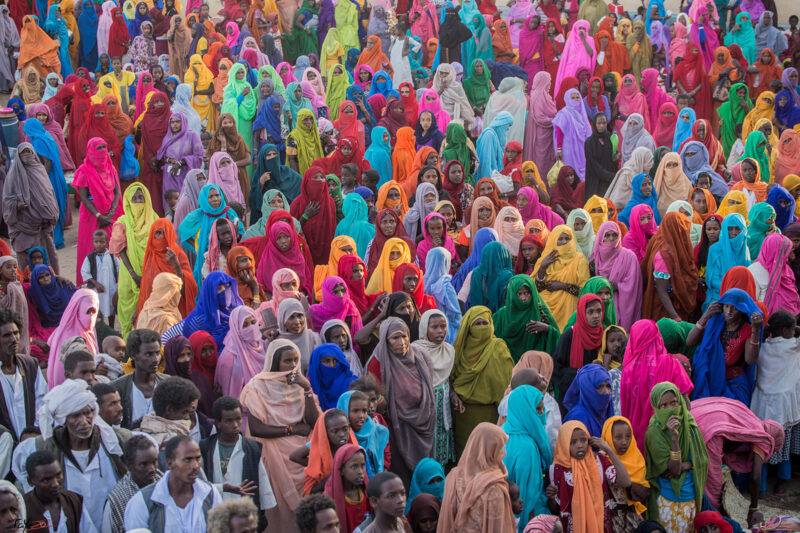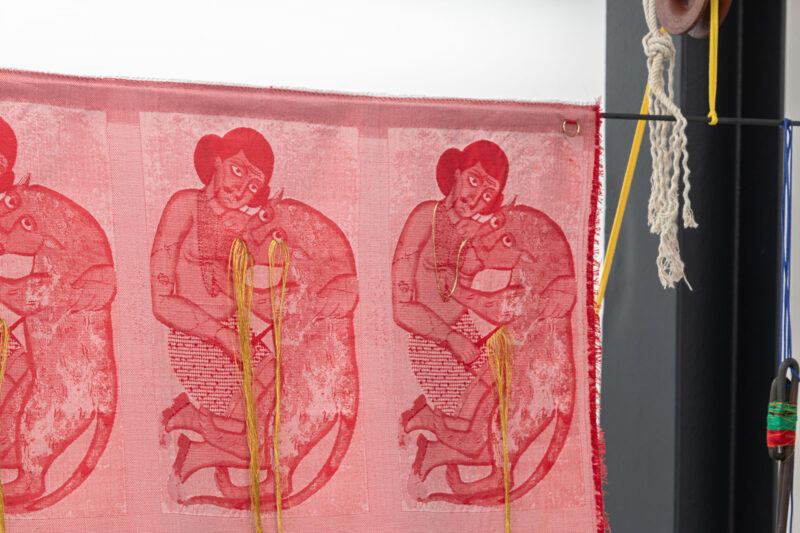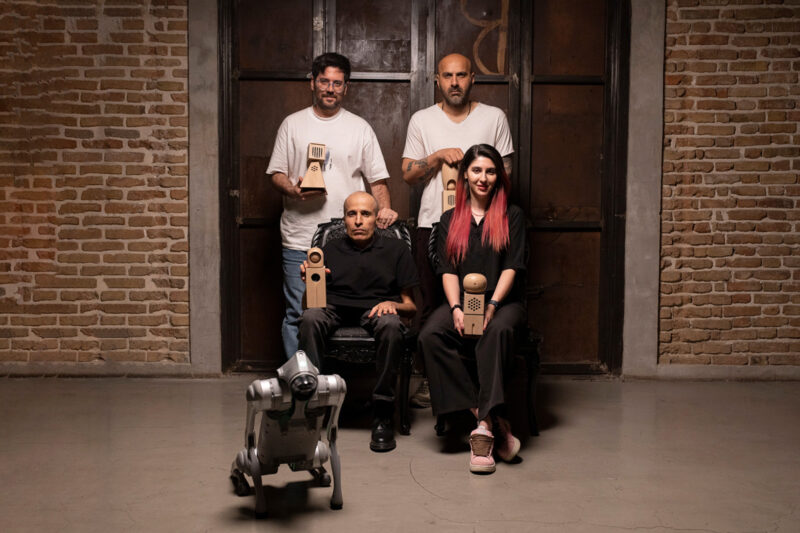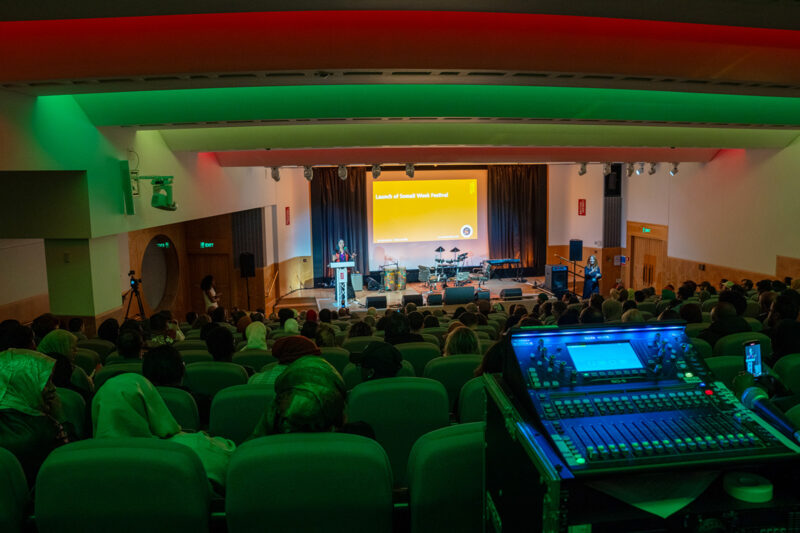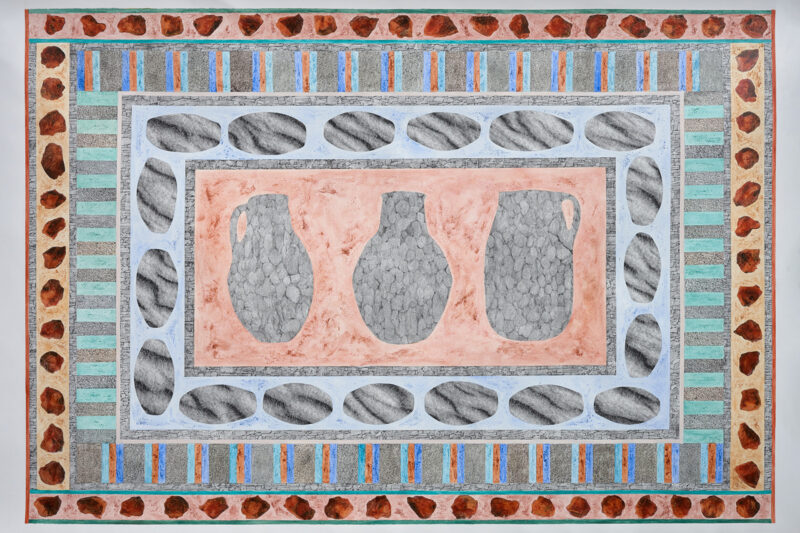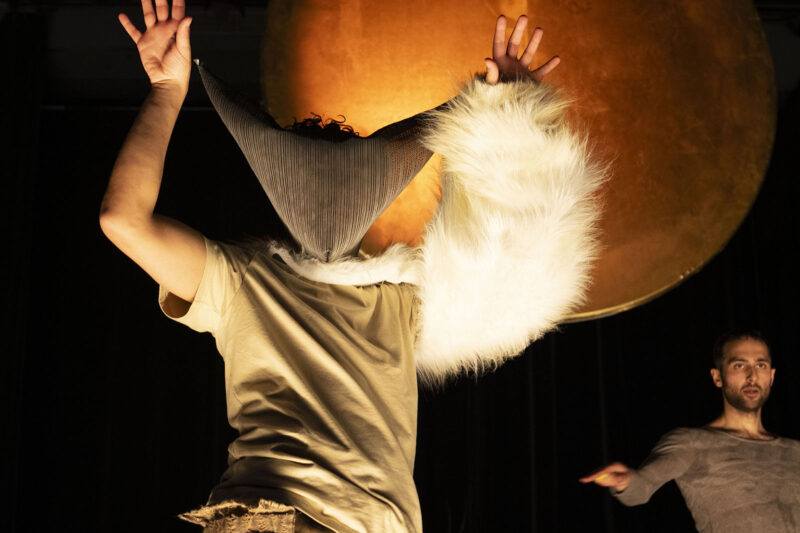‘The narrative is changing’: Bradford launches City of Culture celebrations
Home to one of the UK’s largest Muslim populations, Bradford is set to launch its 2025 City of Culture celebration on Friday
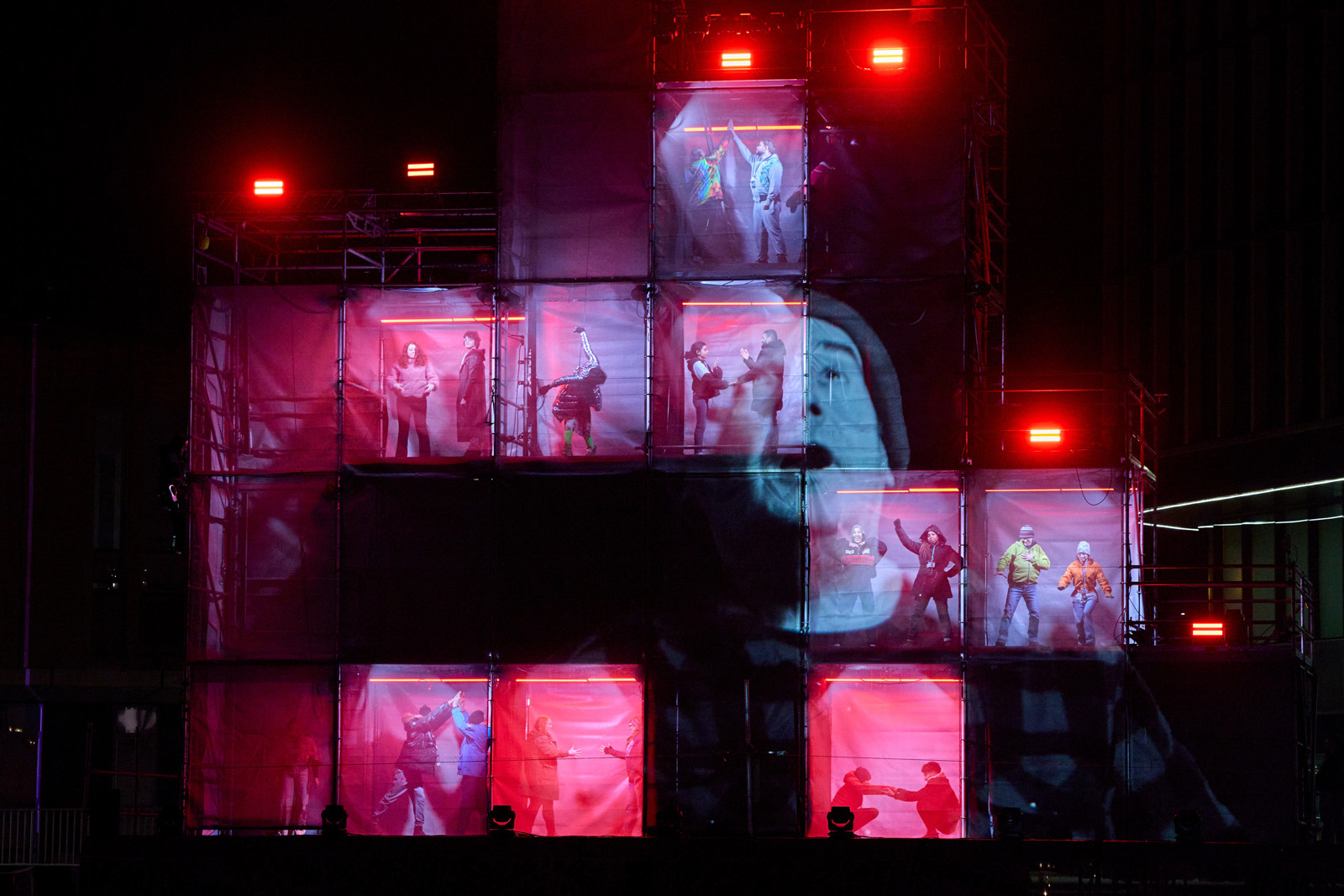
Bradford is set to launch its year as the UK City of Culture 2025 on Friday night in a dazzling opening ceremony.
Despite sub-zero temperatures and snowy conditions, Bradfordians are expected to gather for the evening spectacle at the central City Park to watch a live show including aerial performers, acrobatics and magic. Directed by Kirsty Housley and Bradford-born Steven Frayne, formerly known as Dynamo, the ceremony will mark the beginning of a year-long celebration of the area’s rich history and diverse communities.
“The City of Culture offers a unique opportunity for Bradfordians to tell their own stories, in their own words and on their own terms,” said Shanaz Gulzar, creative director of Bradford 2025. “The investment and focus it brings are incredibly significant, empowering local voices and shaping a narrative that is authentic to the community.”
For Bradford, known for its industrial history and diversity, the City of Culture programme is intended to showcase its community, local artists, creative organisations and vibrant arts scene. Home to one of the most multicultural and youngest populations in the UK — more than a quarter of people there are under 20 — Bradford’s demographic makeup is at the heart of its cultural identity.
Some 30% of the population identified themselves as Muslim in the 2021 census, the highest proportion of any UK city, while 40% of residents were from Black, Asian and minority ethnic backgrounds. This diversity has shaped Bradford’s reputation as a cultural melting pot.
Hundreds of residents have put their time and energy into the festivities, including Oluwaseun Onikan, 46, one of Bradford 2025’s volunteers.
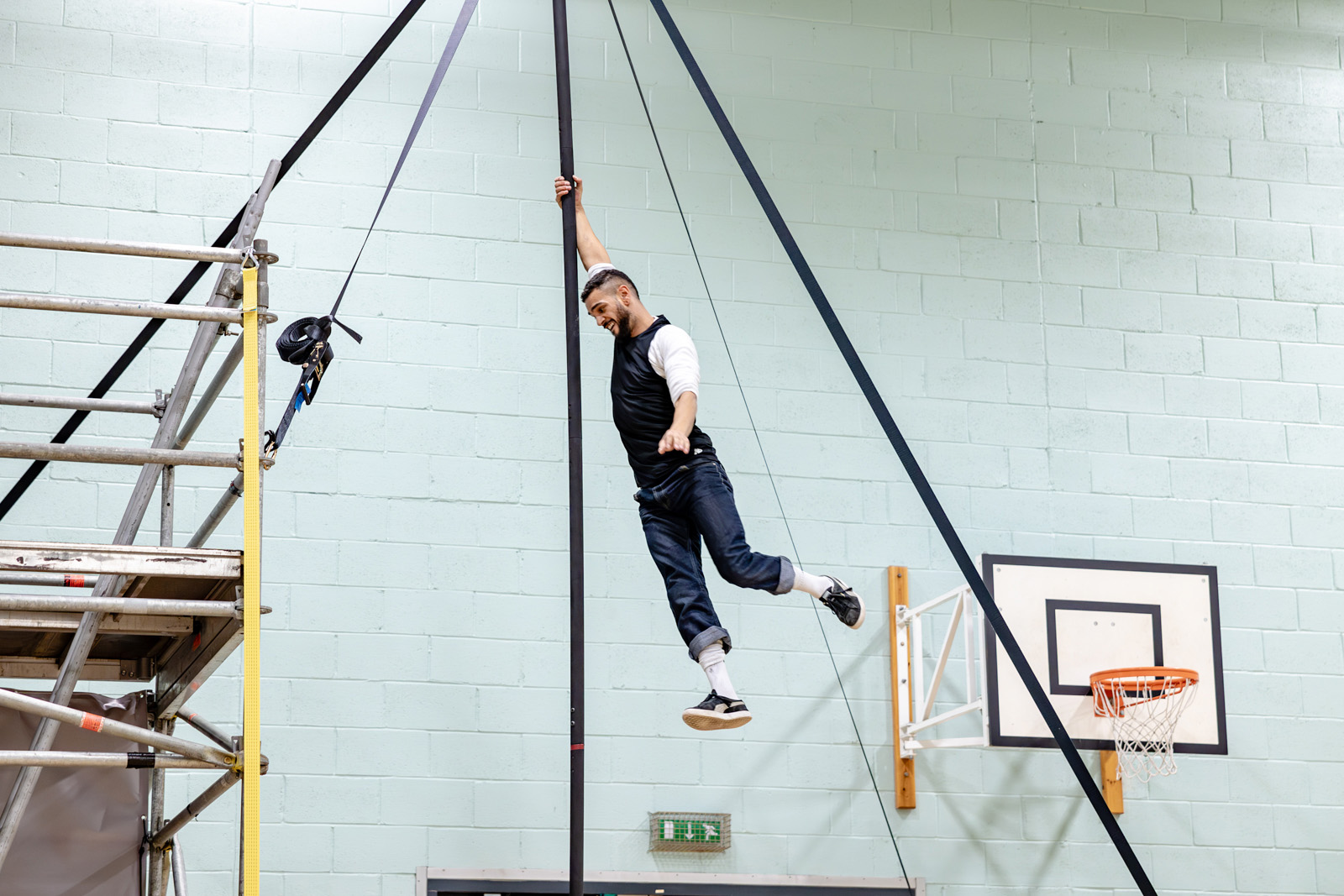
“From the outside, many people look at Bradford negatively,” she said. “But I think the narrative is changing, and I want to be a part of that change.”
In addition to volunteering at events, Onikan is a volunteer community researcher looking at projects related to Bradford 2025 and how they continue once the programme is over.
“We don’t want things to come to a standstill after 2025,” says Onikan. “We’re building for the future of Bradford now.”
Two major exhibitions kick off the year-long programme — Nationhood: Memory and Hope, featuring new work by acclaimed artist Aïda Muluneh, and Fighting to be Heard, which explores the connections between the ancient art of calligraphy and boxing and features rare items from the Arabic and Urdu collections of the British Library.
The programme of events also includes film screenings, theatre productions and music festivals. Highlights are set to include the annual Bradford Literature Festival in July 2025, Memories of the Future, a new project from world-renowned dancer-choreographer Akram Khan and Akram Khan Company, and the three-day music festival, New Music Biennial. The Turner Prize, an annual award presented to a British visual artist for outstanding contemporary art, will also be held at Cartwright Hall Art Gallery in September 2025.
Introduced in 2009, the City of Culture title is awarded every four years to a UK city. The programme is run by the Department for Culture, Media and Sport (DCMS) to use art and creativity to drive regeneration and change within a selected area. The government developed the initiative after Liverpool’s successful tenure as the European Capital of Culture in 2008.
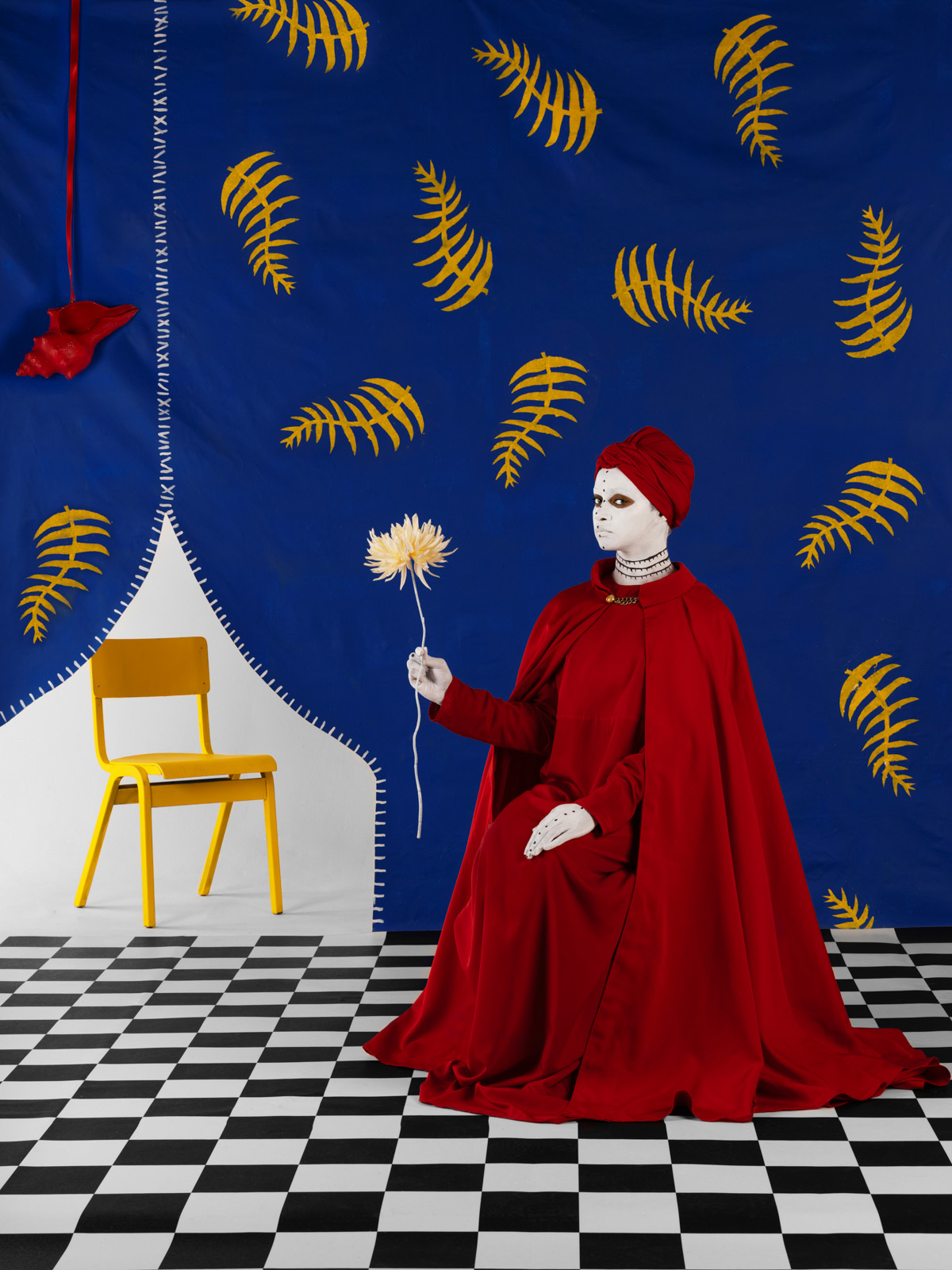
Hull, the 2017 City of Culture, saw an increase of 1.3 million visitors who contributed more than £300m to the local economy, according to a report conducted by the University of Hull. Coventry, the 2021 City of Culture, saw a similar boost to its economy, with the city generating more than £750m in tourism in 2022 — £156.5m more than in 2019 — according to a review by Coventry University.
With an estimated 1,000 events planned throughout the year, Bradford hopes to replicate previous cities’ success. The DCMS says it expects the programme to bring an additional 3.3 million visitors to the city, with a spend of £140m.
The programme’s estimated costs were around £42m, including £10m of council cash as well as funding from the UK government, Arts Council England and National Heritage Lottery Fund. Bradford Council last year asked the government for £220m in emergency financial help for the years 2023 to 2025 and embarked on a series of cuts — but says it expects every £1 spent on the City of Culture project to generate £26 in returns by 2030.
 Newsletter
Newsletter

